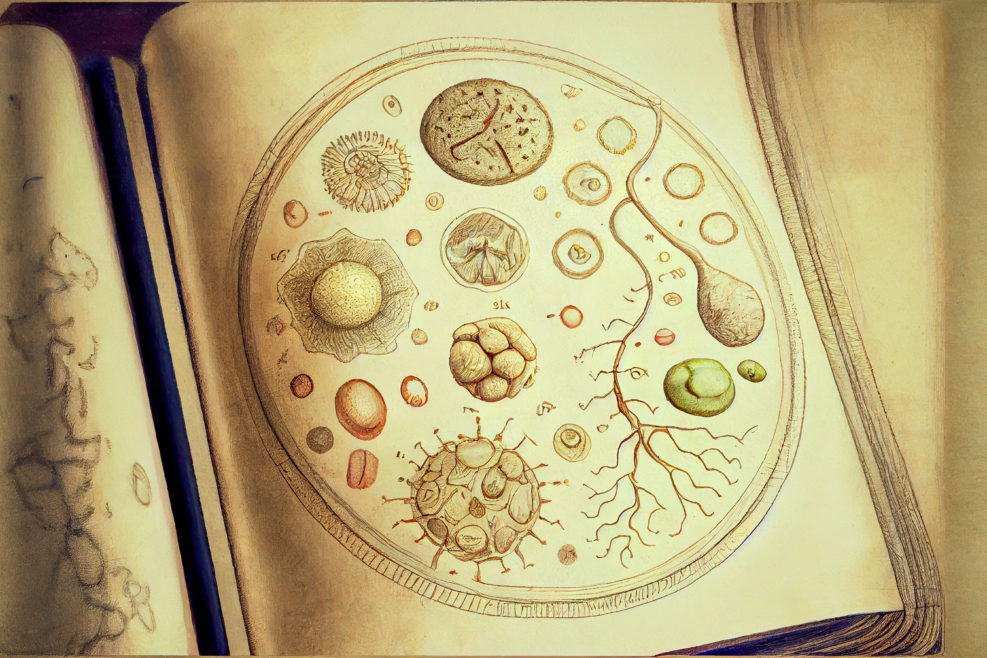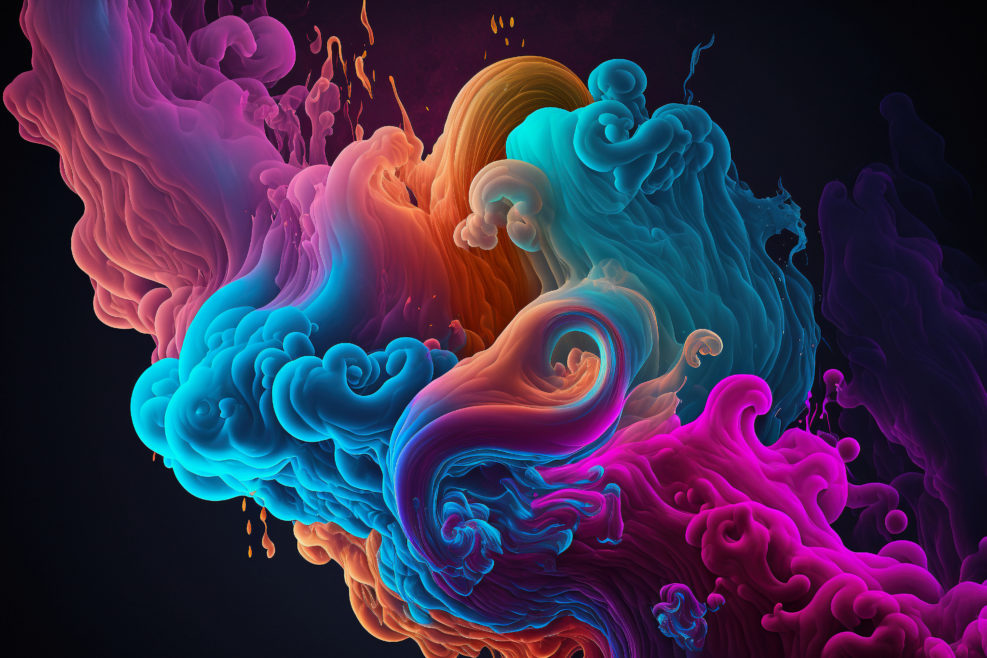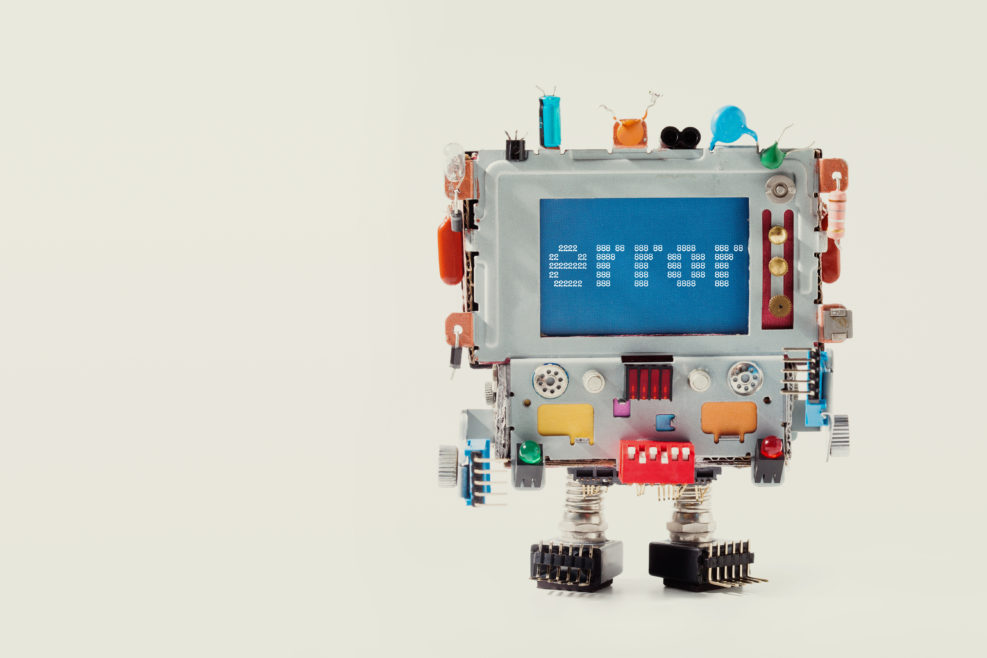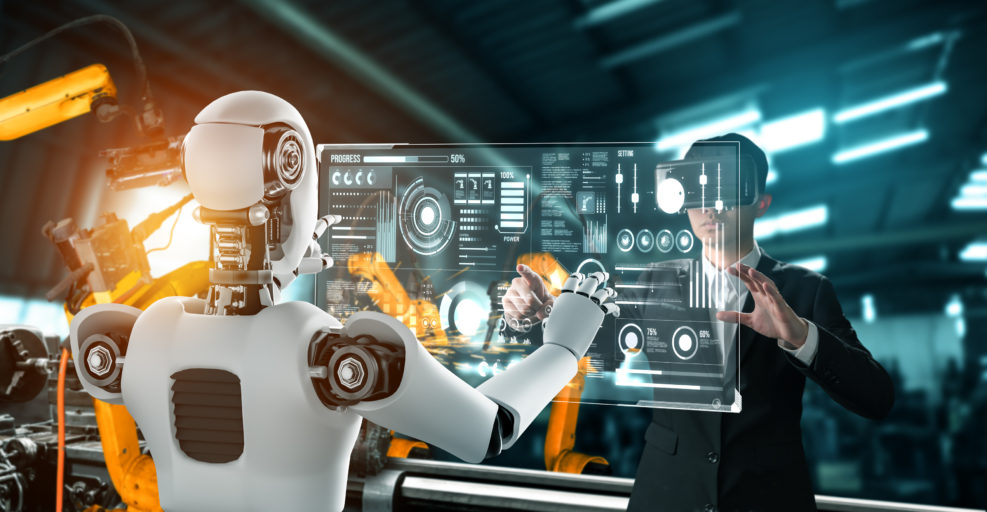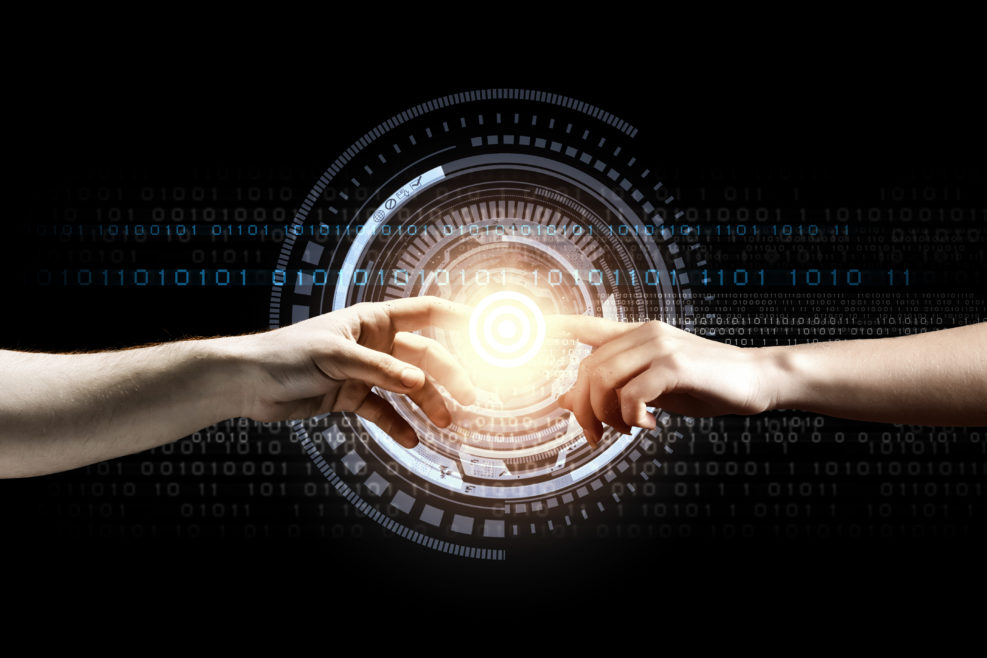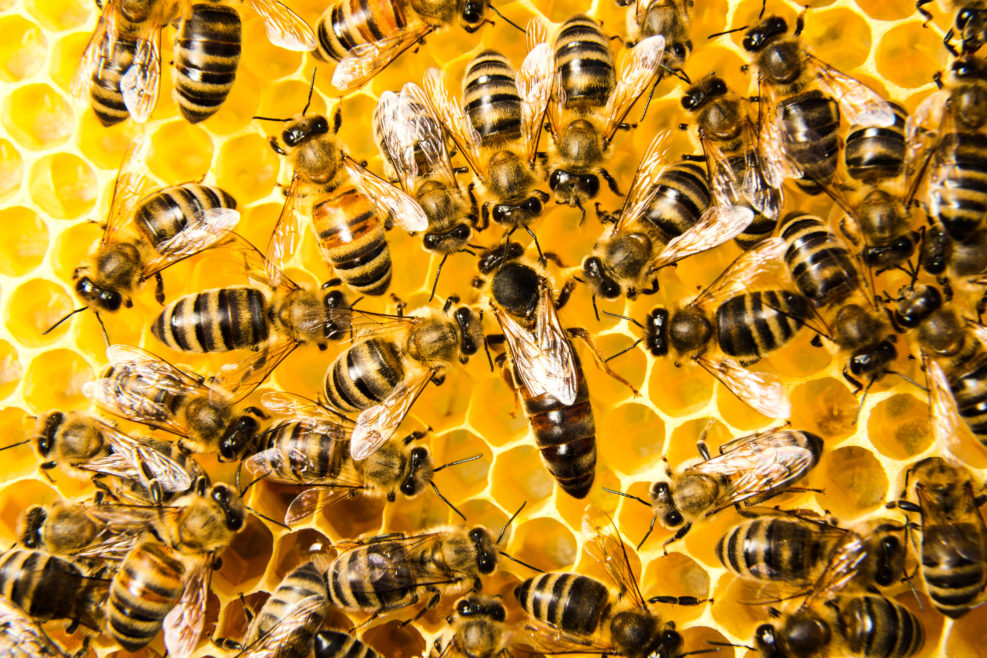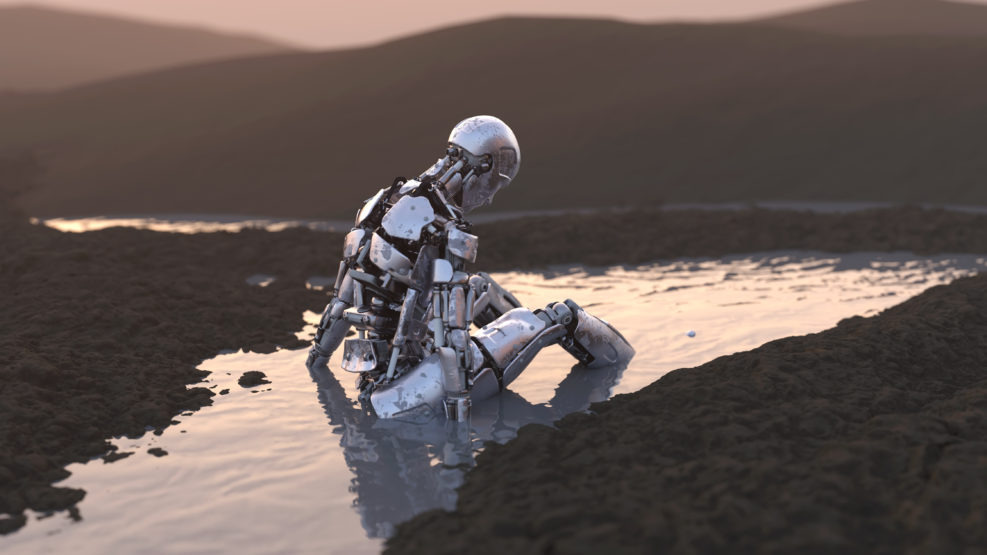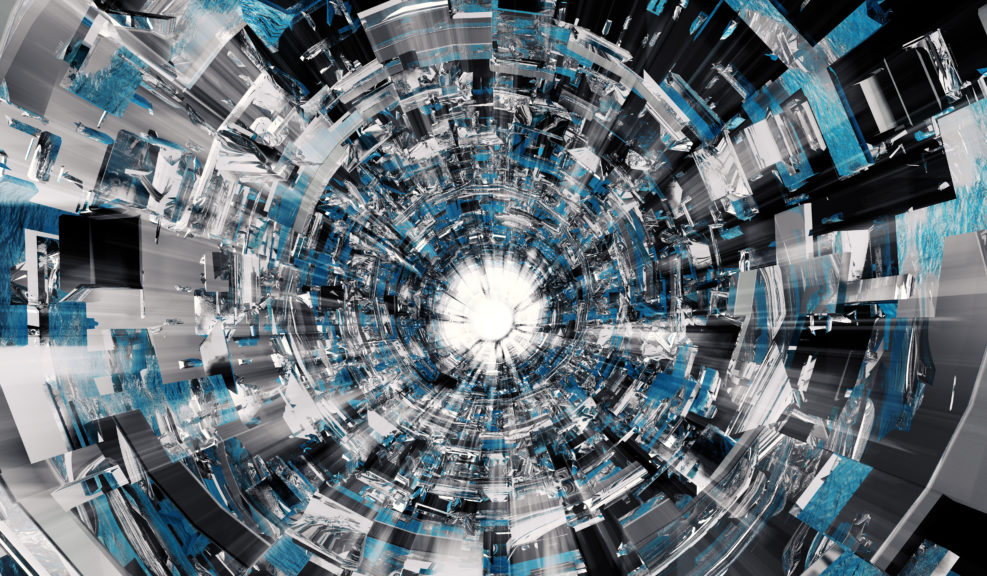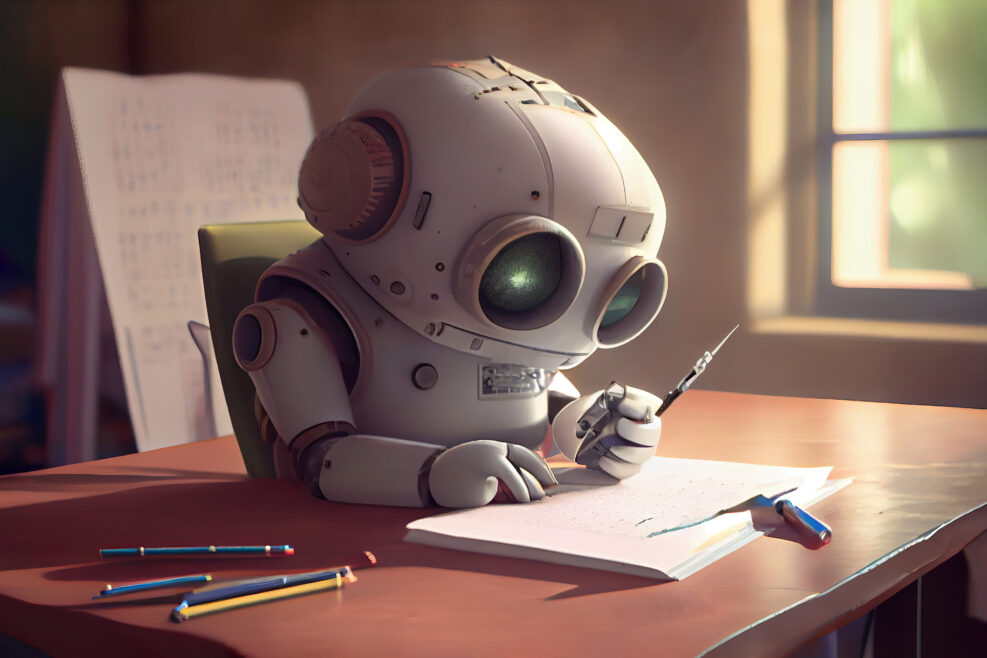
AI Can Pass the MBA Exam, Wharton Professor Says
In the wake of ChatGPT uproar, its abilities (and limits) are becoming better understoodOpenAI’s ChatGPT passed the Master of Business Administration (MBA) exam according to a news report from NBC. Professor Christian Terwiesch of Wharton, who conducted the research and authored a paper on the matter, said that the bot scored somewhere in the B range on the exam, and that this has major implications for education. The report is just another in a flux of news and concerns about AI invading the spheres of education and academia. Terwiesch wrote, [The bot’s score shows] remarkable ability to automate some of the skills of highly compensated knowledge workers in general and specifically the knowledge workers in the jobs held by MBA graduates including analysts, managers, and consultants.” Despise its apparent advancement, the bot did Read More ›
